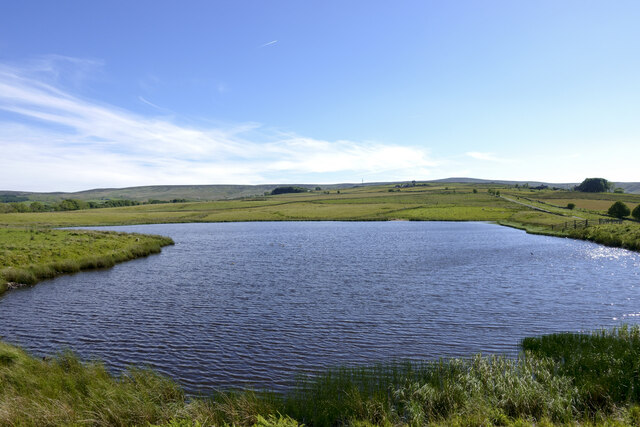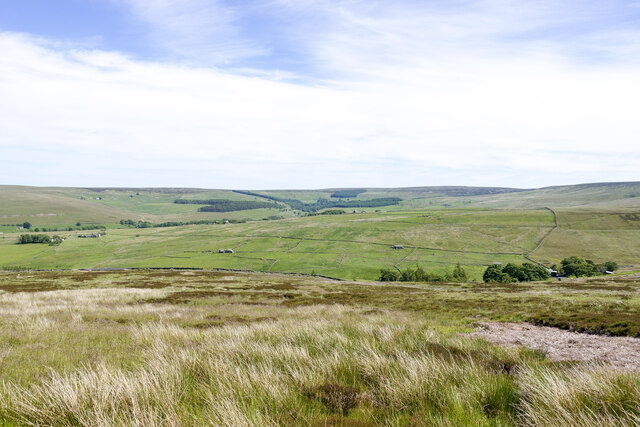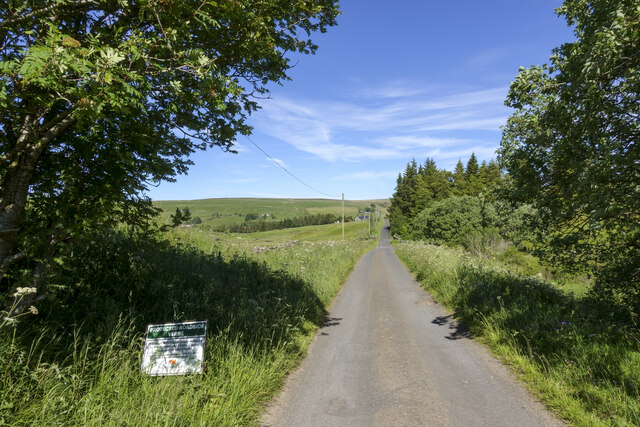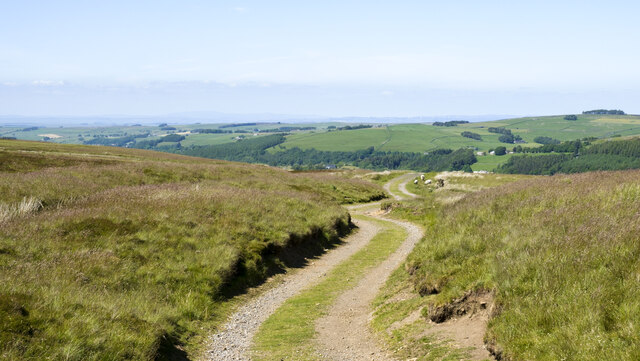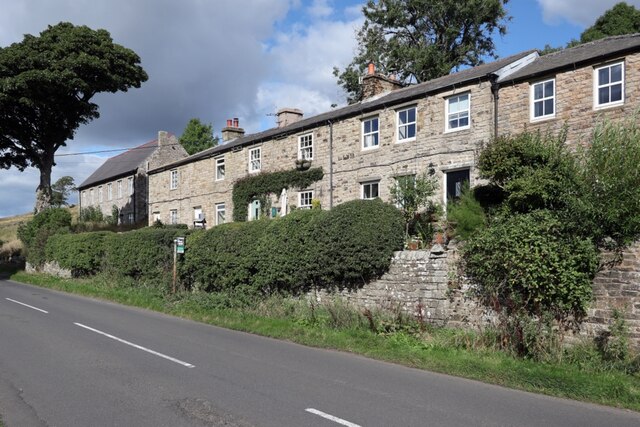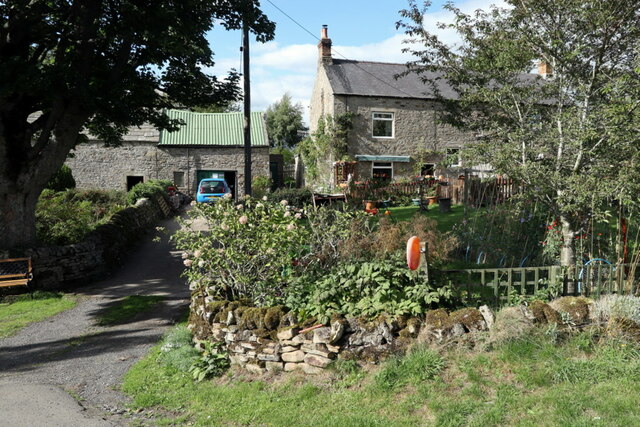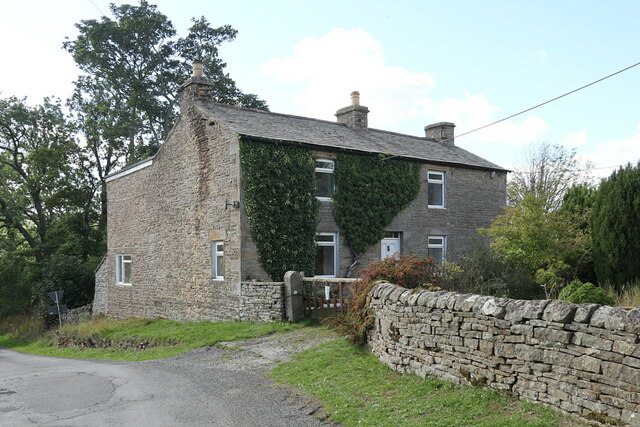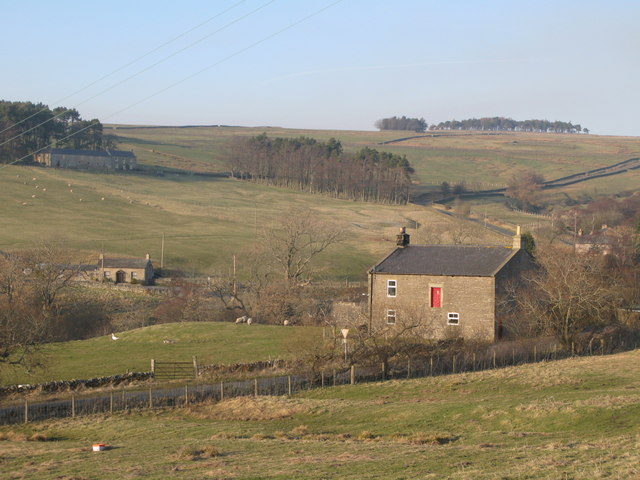Coatenhill Plantation
Wood, Forest in Northumberland
England
Coatenhill Plantation
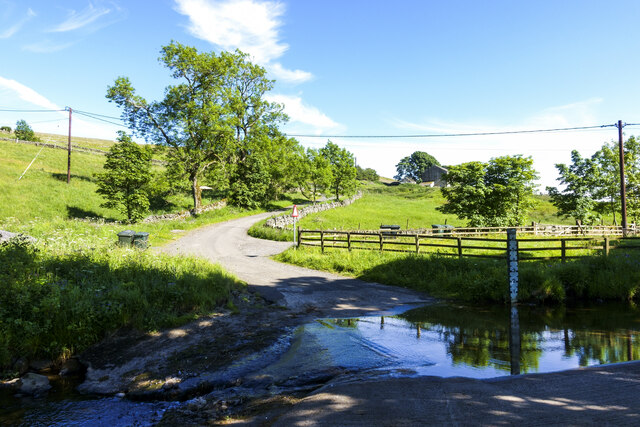
Coatenhill Plantation is a sprawling woodland located in the county of Northumberland, England. Covering an expansive area, it is considered one of the largest plantations in the region. The plantation is situated near the village of Coatenhill, providing a natural haven for both wildlife and outdoor enthusiasts.
Characterized by dense forests and lush vegetation, Coatenhill Plantation offers a diverse range of tree species, including oak, beech, and ash. The woodland is known for its impressive biodiversity, hosting numerous flora and fauna species that thrive in its varied habitats.
Visitors to Coatenhill Plantation can explore a network of well-maintained trails, allowing them to immerse themselves in the natural beauty of the area. These trails cater to different levels of difficulty, accommodating both leisurely walkers and experienced hikers. The plantation also features designated picnic areas, providing a tranquil setting for visitors to enjoy a meal amidst the picturesque surroundings.
Coatenhill Plantation is not only a popular destination for nature lovers but also serves as an important habitat for wildlife. The woodland is home to a wide range of animals, including deer, foxes, badgers, and various species of birds. Birdwatchers particularly flock to the plantation to spot rare and migratory species that frequent the area.
Overall, Coatenhill Plantation in Northumberland is a scenic woodland that offers a serene and enriching experience for individuals seeking to connect with nature. Its vast expanse and diverse ecosystem make it a destination that is cherished by locals and tourists alike.
If you have any feedback on the listing, please let us know in the comments section below.
Coatenhill Plantation Images
Images are sourced within 2km of 54.826774/-2.2387397 or Grid Reference NY8448. Thanks to Geograph Open Source API. All images are credited.
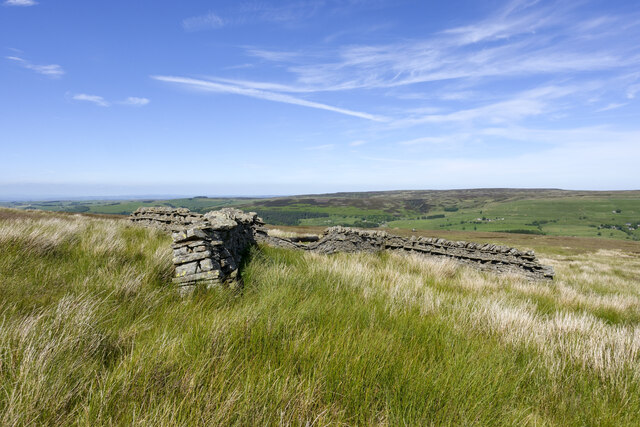
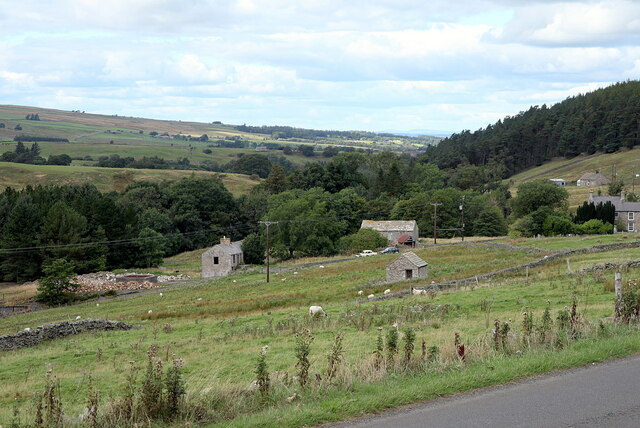
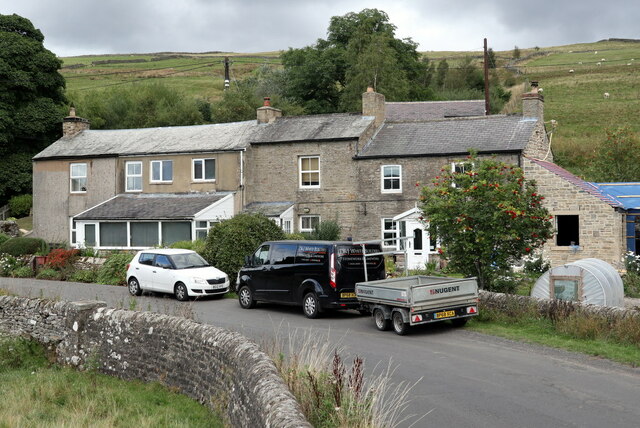
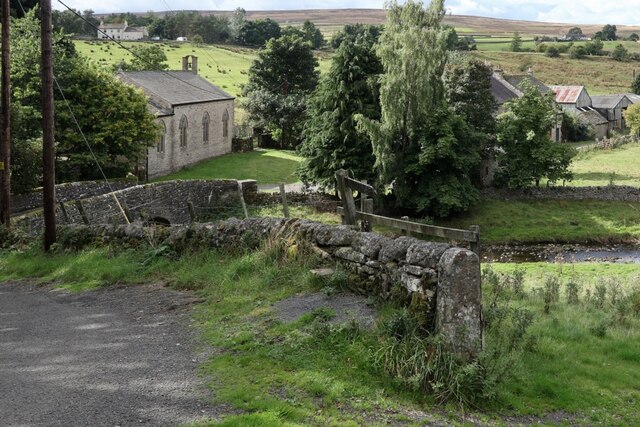
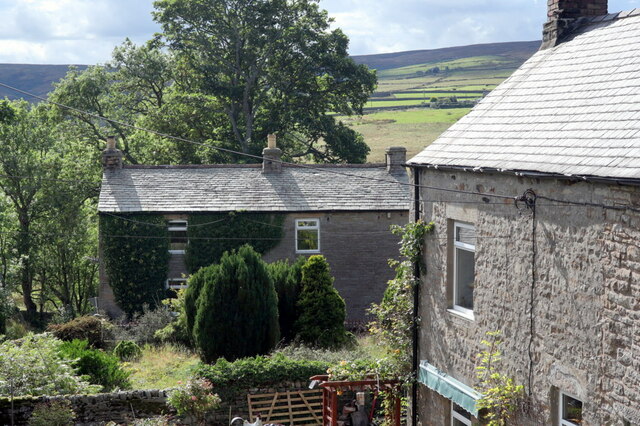
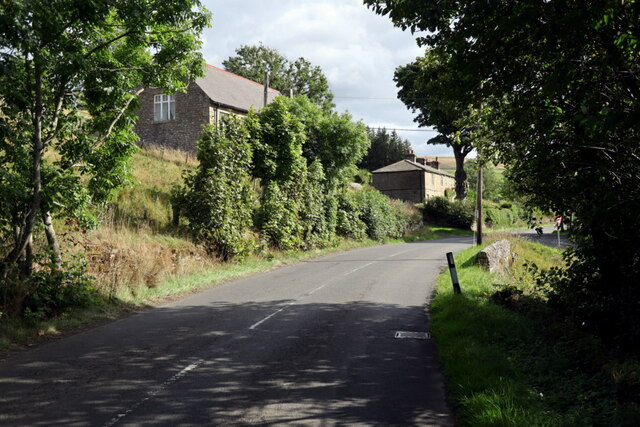
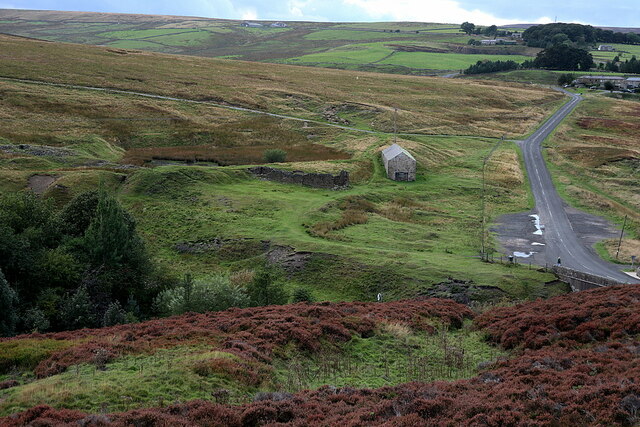
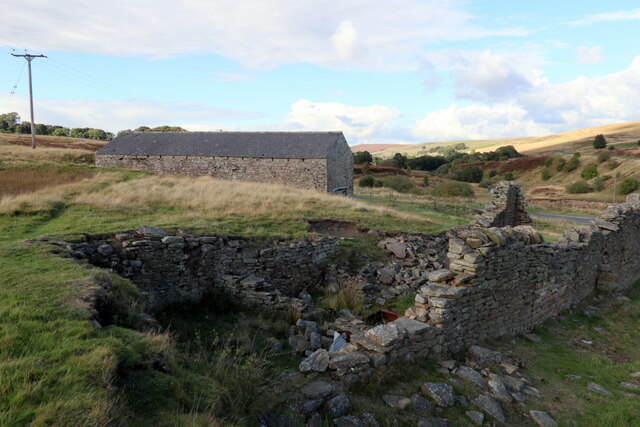
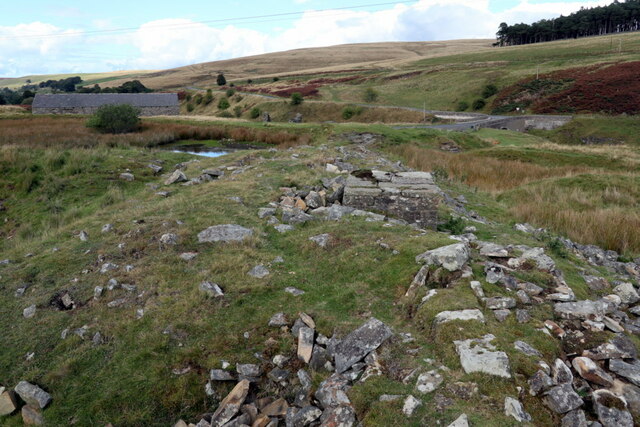
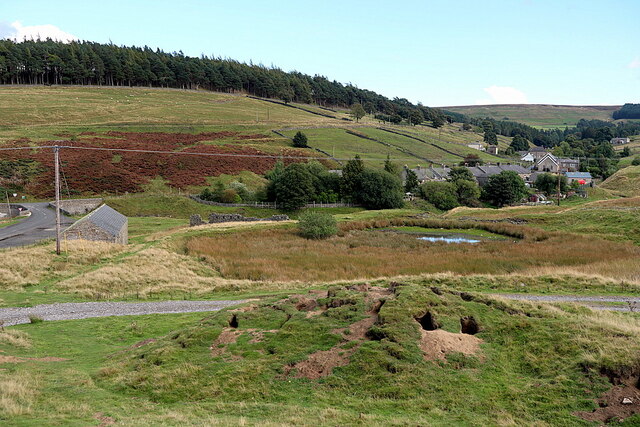
Coatenhill Plantation is located at Grid Ref: NY8448 (Lat: 54.826774, Lng: -2.2387397)
Unitary Authority: Northumberland
Police Authority: Northumbria
What 3 Words
///giggled.easily.middle. Near Alston, Cumbria
Nearby Locations
Related Wikis
Hexhamshire Moors
Hexhamshire Moors is a Site of Special Scientific Interest covering an extensive area of moorland in the Wear Valley district of north-west County Durham...
Allenheads
Allenheads is a former mining village in the Pennines to the north of Weardale in Northumberland, England. Lead extraction was the settlement's industry...
Allendale Moors
Allendale Moors is a Site of Special Scientific Interest (SSSI) in Northumberland, England. The upland moorland ridge site is listed for its heath, flush...
Sinderhope
Sinderhope is a hamlet situated on the east Allen Valley in south-west Northumberland. The population is spread over farms in an area approximately 25...
Acton, Northumberland
Acton is a small hamlet in Northumberland, north-east England, about 3 miles (5 km) south of Allendale Town. Acton is usually Anglo-Saxon Old English...
Carr Shield
Carrshield is a village in Northumberland, in England. It is situated in the Pennines approximately between Penrith and Hexham. It is a small village with...
Coalcleugh
Coalcleugh is a hamlet in Northumberland, England. It is situated in the Pennines between Penrith and Hexham. In the past it was well known as a lead mining...
Throssel Hole Buddhist Abbey
Throssel Hole Buddhist Abbey is a Buddhist monastery and retreat centre located in Northumberland, in northern England. The monastic order is equally for...
Nearby Amenities
Located within 500m of 54.826774,-2.2387397Have you been to Coatenhill Plantation?
Leave your review of Coatenhill Plantation below (or comments, questions and feedback).
